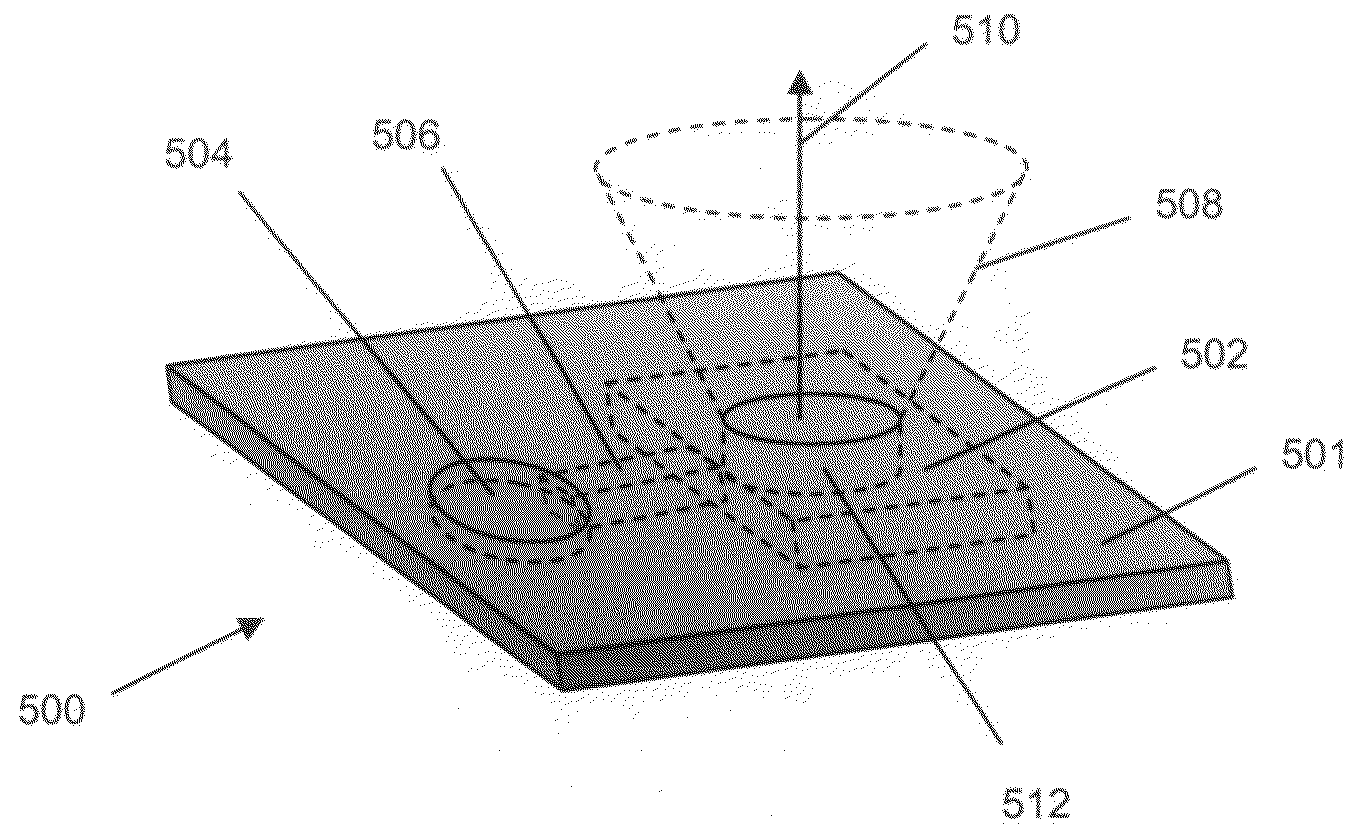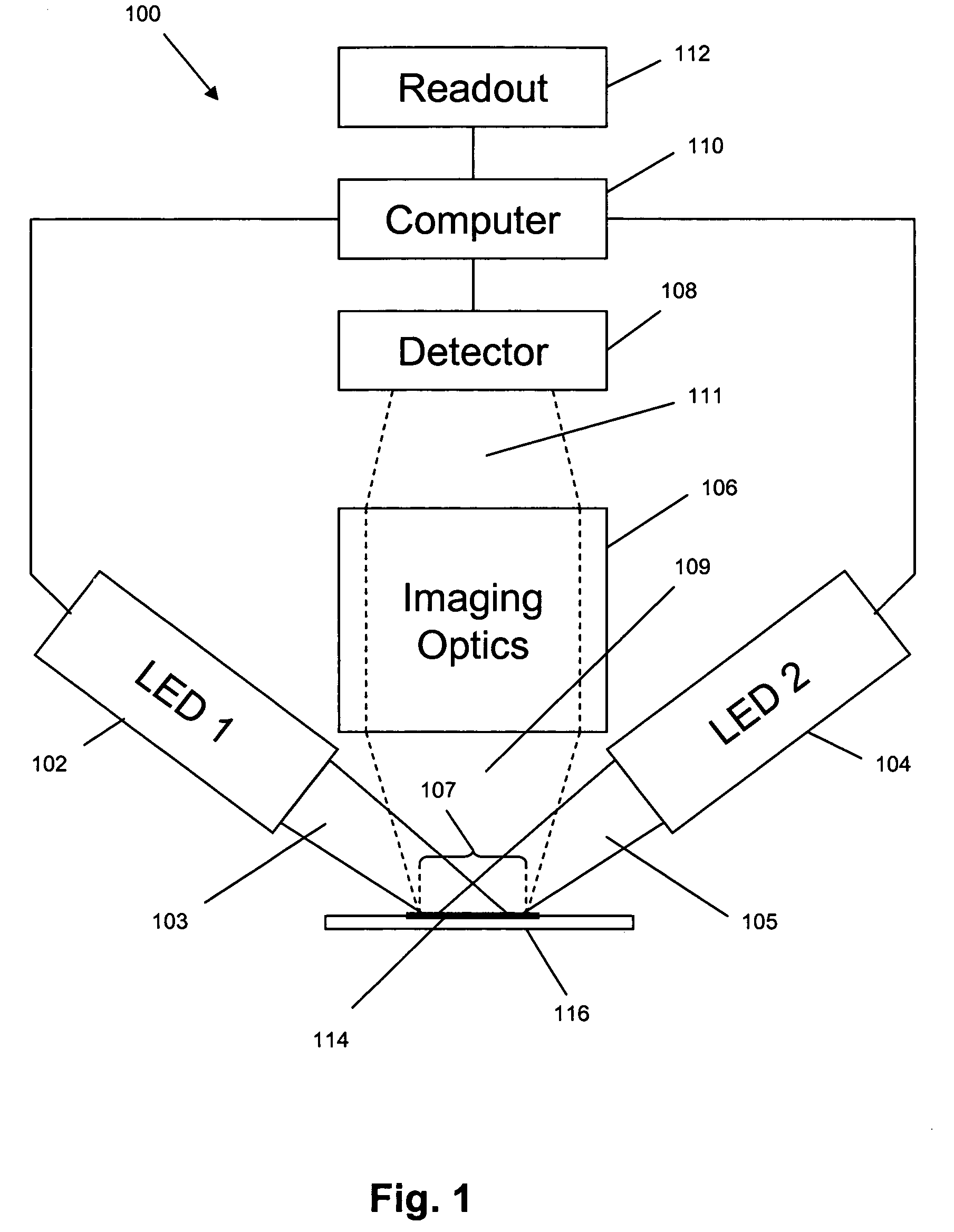Method, system, and compositions for cell counting and analysis
a applied in the field of cell counting and composition technology, can solve the problems of limiting the widespread use of such markers, the current availability of analyzers for such markers, and the involvement of specialized personnel, and achieves the effects of efficient detection and counting, low cost, and rapid analysis
- Summary
- Abstract
- Description
- Claims
- Application Information
AI Technical Summary
Benefits of technology
Problems solved by technology
Method used
Image
Examples
example
[0040]In this example, an imaging system for use with the invention was constructed and tested by counting cells or particles in various samples. The system had a design that followed that illustrated in FIG. 1. Two different grey scale cameras were employed as detectors. The first was a Sensovation Samba EZ140 TC-cooled (20° C. below ambient) camera with 1392×1024 pixels with square 6.45 um pixel. The second camera was a Point Grey Research Dragonfly2 industrial vision camera with 1024×768 square (4.65 um) pixels. Either of two imaging lens designs was used. One design was a pair of doublet spherical lenses with the excitation filter positioned between them. This system possessed a relatively high N.A. (˜0.33) and worked well for fields of view up to about 2 mm. Beyond this distance, astigmatic distortion is noticeable and increases rapidly as image field increased. To address this condition, a second lens setup was employed. This was a commercial camera lens (Nikon 18-55 mm f / 3.5-...
PUM
| Property | Measurement | Unit |
|---|---|---|
| wavelength range | aaaaa | aaaaa |
| depth | aaaaa | aaaaa |
| wavelengths | aaaaa | aaaaa |
Abstract
Description
Claims
Application Information
 Login to View More
Login to View More - R&D
- Intellectual Property
- Life Sciences
- Materials
- Tech Scout
- Unparalleled Data Quality
- Higher Quality Content
- 60% Fewer Hallucinations
Browse by: Latest US Patents, China's latest patents, Technical Efficacy Thesaurus, Application Domain, Technology Topic, Popular Technical Reports.
© 2025 PatSnap. All rights reserved.Legal|Privacy policy|Modern Slavery Act Transparency Statement|Sitemap|About US| Contact US: help@patsnap.com



